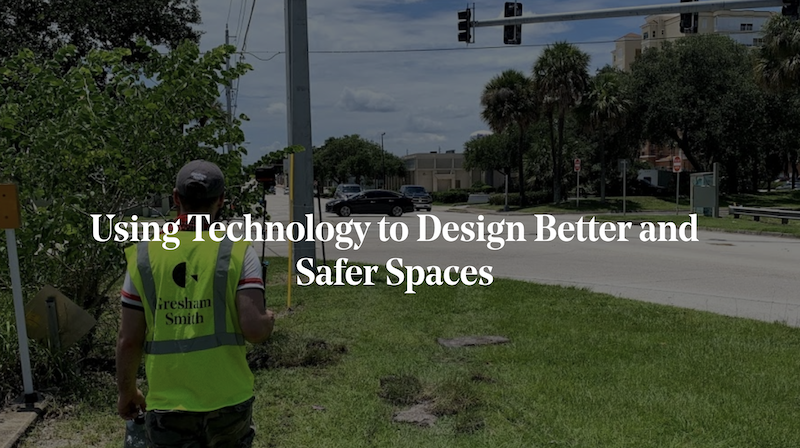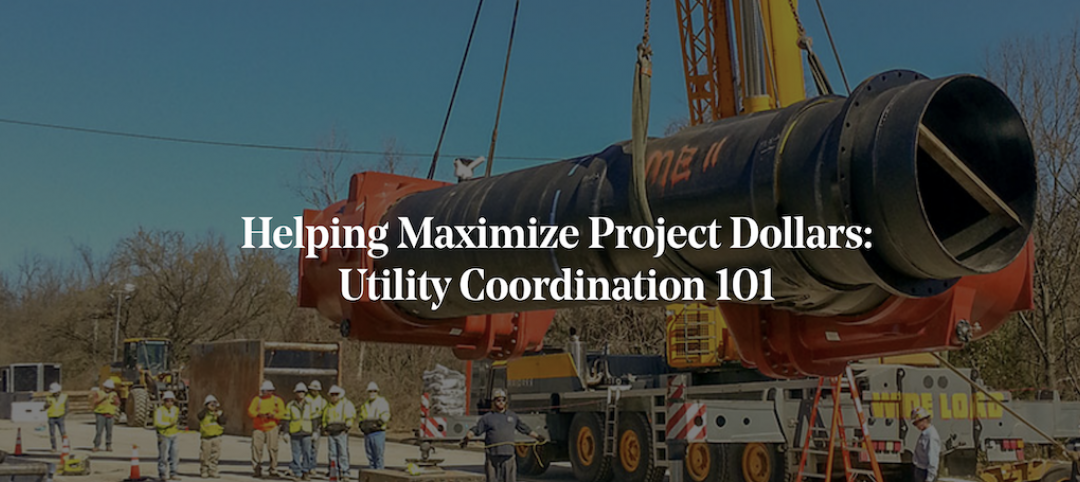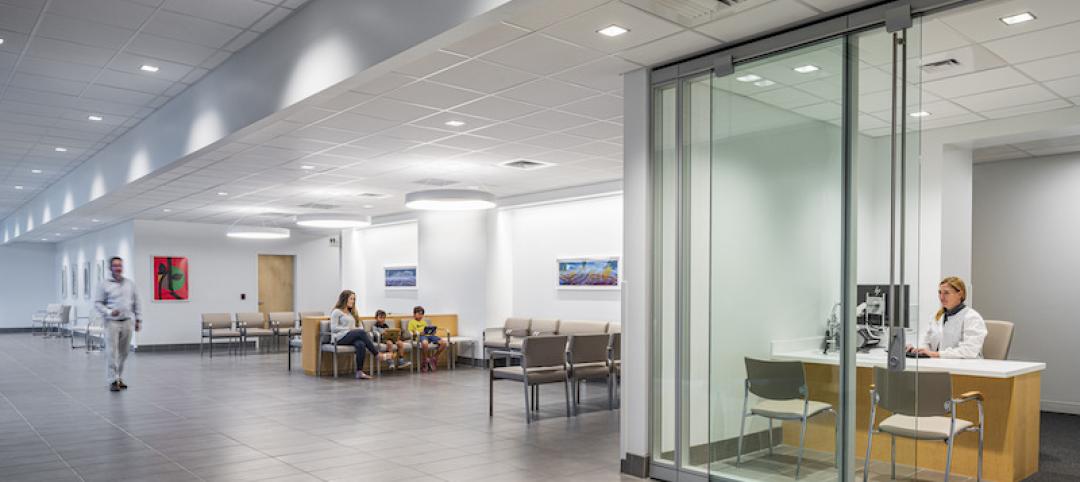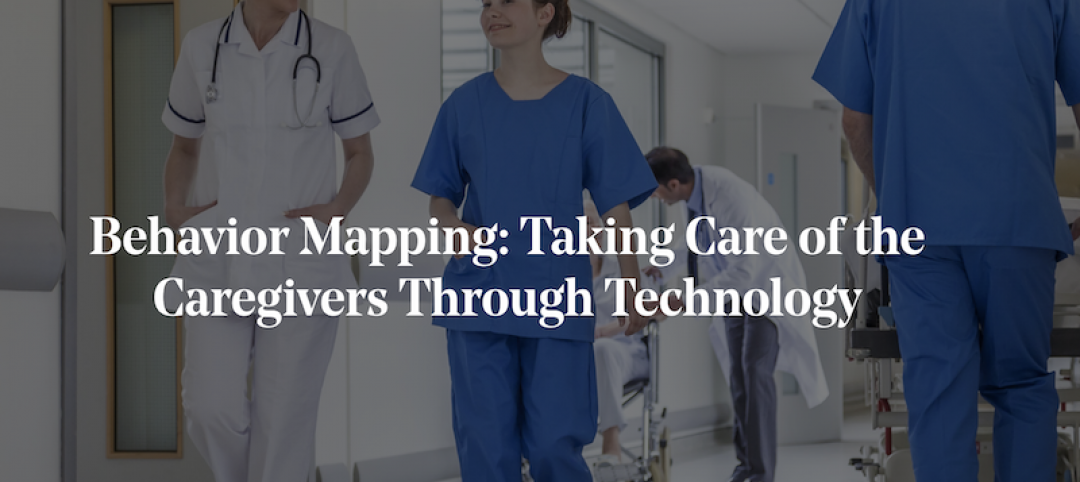At Gresham Smith, designing safer environments is a huge priority for our Transportation group—whether it’s safer streets for pedestrians and bikers in urban areas or safer highways and intersections in more rural corners of the country. Safety can be defined in a lot of ways, and there can be issues with the approaches we’ve had at our disposal over the last few decades. In most cases, we are stuck evaluating historic data, and many times it doesn’t reflect what is currently happening on our streets. A great example of that is what we have witnessed over the past several months with the onset of COVID-19 limiting travel, but also pushing people to move around their neighborhoods outside of a car. To overcome these gaps between current situations and historic substantive data, we have pioneered a new, patent-pending technology that measures how users feel about a space and how their reactions can be used to provide the foundation for predictive modeling.
We all know nominal safety, or the safety of a location based on its adherence to a particular design criteria and standards. There’s also substantive safety, where we analyze historical crash data for a certain location. We’ve used these two definitions for safety for decades, and it’s driven a lot of the design you see today. The issue with these measures of safety is that they only allow us to design based on what’s happened in the past.
Our new technology called Gresham Smith’s Empathic Analytics allows us to measure and record a user’s perceived safety, or how users experience stress about their environment in different locations and settings. What’s different about this measure of safety is that it can be used to forecast or predict what future safety issues may be. This helps to really narrow the causes of frustration of safety concerns, and it allows us to select effective countermeasures as opposed to iterative trial and error. This new application reduces uncertainty in countermeasure choices and over reliance on what has happened in the past, allowing us to design better, more inviting and safer facilities for everyone. The purpose of this blog is to further explain this new technology and how infrastructure owners (departments of transportation, counties, etc.) across the board can use it to improve safety in their local communities.
Why Is This Important?
If we start to dig into some of the more emergent problems on our corridors, they are centered around user response and less about specific geometric issues, such as:
- More aggressive driving
- Speeding
- Risk taking impairment
- Distracted driving
- Impaired driving
Each of these point more toward a mental state our drivers are in, so getting a better handle on that and then understanding the environment’s role in positively influencing those becomes important. If we can create intuitive facilities that allow people to enjoy themselves and feel safe, we can potentially eliminate some of these user stresses, and in turn, create a safer overall roadway for more users.
Proposed Framework
We’ve created a framework for how to best deploy this technology. We are particularly interested in four substantive safety perspectives and how they can be used for planning, design and project prioritization. These perspectives allow us to focus on what are statistically the most problematic areas, where emergent trends are not necessarily captured in existing data-sets.
The scenarios really begin to line how we can approach each problematic area with more focused engineering fixes that better combat current situations and directly alleviate user perceived safety issues.
What’s Next
We’re currently piloting this new platform in a variety of environments within our Transportation market, but we think there are potential use cases for it across all of our horizontal and vertical markets. We could answer questions like:
— How do your staff in industrial or manufacturing hubs feel about their surroundings, and how do their perceptions of their environment affect their work?
— How do travelers in an airport interact with the environment from security checkpoints through the boarding process?
— How do workers in cities react to the built environment in major urban settings—from the office towers they work in, to the infrastructure they use on their way to and from the office?
— What is the impact of dwell times at specific placemaking installations or break areas? Are they really having the positive impact that users can feel?
The more we dig into what our empathic platform and data analytics packages can tell us, the more our eyes are opened to a whole new world or user response and better engineering solutions that make people more comfortable!
More from Author
Gresham Smith | Aug 17, 2023
How to design for adaptive reuse: Don’t reinvent the wheel
Gresham Smith demonstrates the opportunities of adaptive reuse, specifically reusing empty big-box retail and malls, many of which sit unused or underutilized across the country.
Gresham Smith | May 24, 2023
Designing spaces that promote enrollment
Alyson Mandeville, Higher Education Practice Leader, argues that colleges and universities need to shift their business model—with the help of designers.
Gresham Smith | Apr 24, 2023
Smart savings: Commissioning for the hybrid workplace
Joe Crowe, Senior Mechanical Engineer, Gresham Smith, shares smart savings tips for facility managers and building owners of hybrid workplaces.
Gresham Smith | Mar 20, 2023
3 ways prefabrication doubles as a sustainability strategy
Corie Baker, AIA, shares three modular Gresham Smith projects that found sustainability benefits from the use of prefabrication.
Gresham Smith | Jan 19, 2023
Maximizing access for everyone: A closer look at universal design in healthcare facilities
Maria Sanchez, Interior Designer at Gresham Smith, shares how universal design bolsters empathy and equity in healthcare facilities.
Gresham Smith | Dec 20, 2022
Designing for a first-in-the-world proton therapy cancer treatment system
Gresham Smith begins designing four proton therapy vaults for a Flint, Mich., medical center.
Gresham Smith | Nov 21, 2022
An inside look at the airport industry's plan to develop a digital twin guidebook
Zoë Fisher, AIA explores how design strategies are changing the way we deliver and design projects in the post-pandemic world.
Gresham Smith | Feb 13, 2022
Helping maximize project dollars: Utility coordination 101
In this post, I take a look at the utility coordination services our Transportation group offers to our clients in an attempt to minimize delays and avoid unforeseen costs.
Gresham Smith | May 7, 2021
Private practice: Designing healthcare spaces that promote patient privacy
If a facility violates HIPAA rules, the penalty can be costly to both their reputation and wallet, with fines up to $250,000 depending on the severity.
Gresham Smith | Mar 4, 2021
Behavior mapping: Taking care of the caregivers through technology
Research suggests that the built environment may help reduce burnout.
















